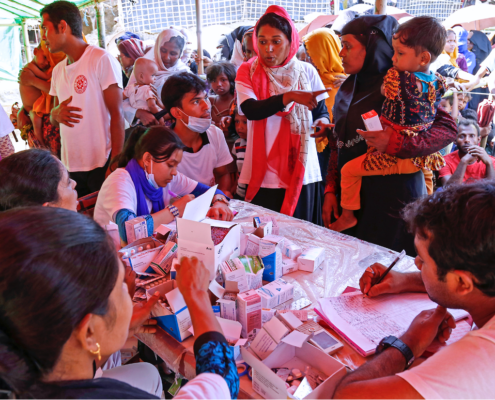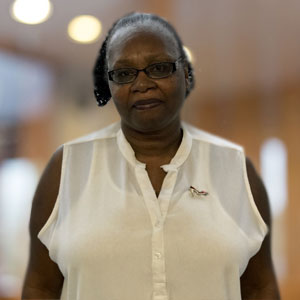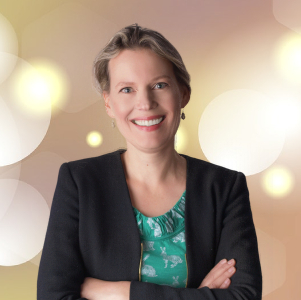The UK Guardian’s Killian Fox recently described the rapid rate at which cellphones became ubiquitous (and are used) in Africa as a “mobile economic revolution”.
Some people easily dismissed this assertion as another hyperbolic pronouncement, but there’s truth to it. The expansion of mobile telephony services and access over the last decade did more than merely open up avenues for efficient social inter-action among Africans. It reinvigorated, structured and even cultivated a more efficient culture of enterprise, across banking, agriculture, healthcare, education and governance, in some countries.
But, if this “mobile economic revolution” is to be fully realized, much more ought to be done. Deeper integration of technology into commerce, and greater expansion of telephony access and service provision are two things to consider, among others like financing and marketing that I have looked at in other blogs. The fact is, a half of all Africans still do not have access to a cellphone, despite the rapid expansion observed. This means the enormous economic benefits mobile phones bring to less developed parts of the world is still untapped in much of Africa. According to the London Business School, “for every additional 10 mobile phones per 100 people in a developing country, GDP rises by 0.5%”. So, the expansion in GDP experienced on the continent in the last decade, due to telephony expansion, is, at the very least, half of what it could be.
Furthermore, the depth to which the instrument (cellphone) has been leveraged for commerce is still limited, which means the economic potential is much greater than what obtains. The success of Safaricom’s M-Pesa in bringing banking services to the previously unbanked, for instance, is still limited to a minority of Africans. Further to that, global mobile money transactions is slated to exceed a trillion dollars by 2015. African economies are likely to benefit from cheaper transfer of remittances, and reduced transaction costs across borders, but those benefits will be much greater if more people have access to mobiles. Therefore, boosting the number of people on the continent with access to mobile banking must be a priority for policymakers, to safeguard the “mobile economic revolution”.
The deepening of the “mobile economic revolution” should be contextual. The provision of mobile-enabled financial services such as micro-credit is great, but it doesn’t always function in the poor’s economic interest. The use of mobile phones to offer traditional options, such as layaways, to help the poor improve their entrepreneurial endeavors is negligible. KickStart, a nonprofit that sells human-powered irrigation systems to entrepreneurial farmers, seems to be an exceptional case. The organization introduced an SMS powered layaway program in Kenya that allows buyers to set aside tiny increments via M-Pesa.
KickStart‘s approach to aiding farmers to finance their entrepreneurial endeavors seems much more sustainable, compared to existing micro-finance options, although the time factor is a drawback. However, the main point here is that, the “mobile economic revolution” must never leave the poor behind. The ways in which the individual’s long term economic livelihood is affected is key, if the larger objective remains that of sustainable development.







































